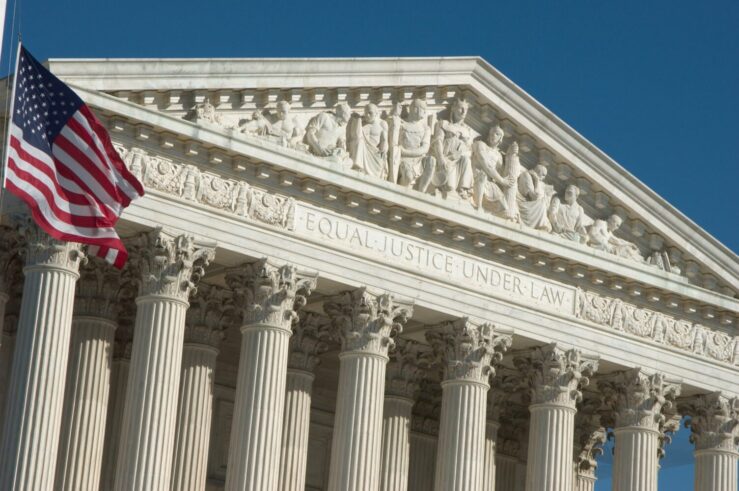My colleague Todd Zywicki has a must read op-ed in the WSJ. Here’s an excerpt:
The Obama administration’s behavior in the Chrysler bankruptcy is a profound challenge to the rule of law. Secured creditors — entitled to first priority payment under the “absolute priority rule” — have been browbeaten by an American president into accepting only 30 cents on the dollar of their claims. Meanwhile, the United Auto Workers union, holding junior creditor claims, will get about 50 cents on the dollar.
The absolute priority rule is a linchpin of bankruptcy law. By preserving the substantive property and contract rights of creditors, it ensures that bankruptcy is used primarily as a procedural mechanism for the efficient resolution of financial distress. Chapter 11 promotes economic efficiency by reorganizing viable but financially distressed firms, i.e., firms that are worth more alive than dead.
Violating absolute priority undermines this commitment by introducing questions of redistribution into the process. It enables the rights of senior creditors to be plundered in order to benefit the rights of junior creditors.
Go read the whole thing.




